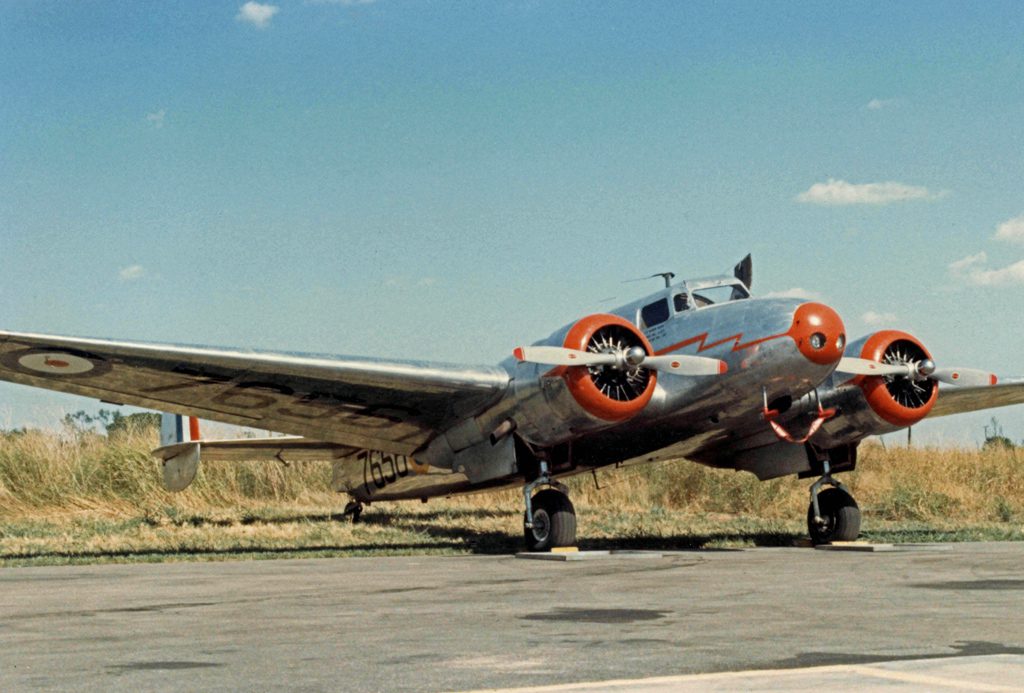 Introduction
Introduction
The Martin 404 was designed and built by the Glen L. Martin Aircraft company in the early fifties. The first flight was 21 October 1951, the first of 103 aircraft produced by Martin Aircraft.
It was a pressurized, 2 engined, short range aircraft that was purchased (not always new) by 13 U.S. Carriers and several foreign airlines.
The United States Coast Guard (USCG) and United States Navy (USN) also purchased the Martin 404 and was called in the USCG/USN as the VC-3A.

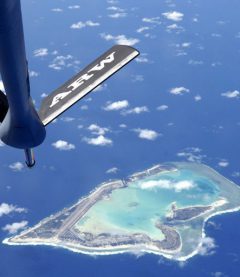
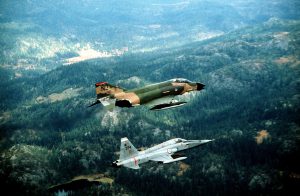




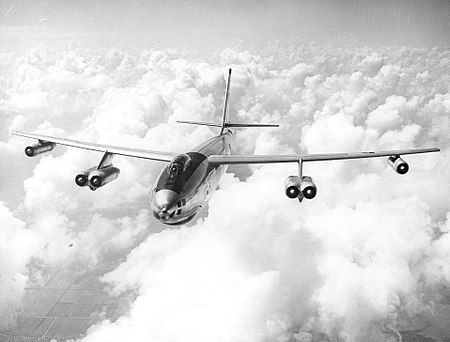
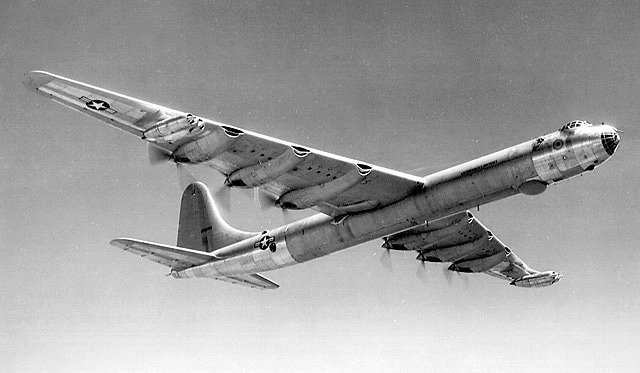
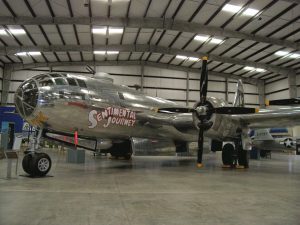 Pima Air and Space Museum Tucson Arizona
Pima Air and Space Museum Tucson Arizona